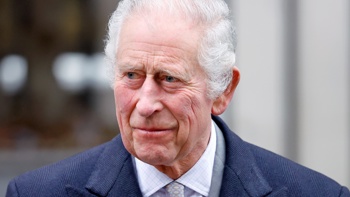
A large number of people entering New Zealand's workforce has pushed the unemployment rate back above 5 per cent.
The unemployment rate rose to 5.2 per cent in the three months ended December 31 from a revised 4.9 per cent in the September quarter, Statistics New Zealand said.
Economists had been expecting the unemployment rate to ease back to 4.8 per cent.
The New Zealand dollar fell to 73.08 US cents after the release from 73.38 cents immediately before it.
Employment grew 0.8 per cent in the quarter to 2.51 million while the working- age population grew 0.5 per cent to 3.76 million.
The participation rate was an all-time high of 70.5 per cent. While recent changes to methodology means comparisons with earlier periods aren't easy to make, the working-age population has been bolstered by record migration.
"The December quarter saw a large number of people enter the labour force," labour and income statistics manager Mark Gordon said.
"But while the number of people in employment has risen, so has the number of unemployed people."
Westpac senior economist Satish Ranchhod said the unexpected rise in the number of unemployed was down to stronger labour force participation rather than weak economic conditions.
"The rise in the unemployment rate does not point to a deterioration in the labour market. The underlying detail of the December quarter Household Labour Force Survey actually pointed to a stronger labour demand picture than had been expected," he said.
"This increase in the size of the labour force outweighed the increase in employment, resulting in the lift in unemployment."
According to Statistics New Zealand total annual wage inflation, which includes both the public sector and the private sector, was 1.6 per cent higher on the year in the December quarter. Annual wage inflation has been 1.5 per cent to 1.6 per cent for the last seven quarters, it said.
The recently added under-utilisation rate, which seeks to measure the potential labour supply, was at 12.8 per cent, up from 12.2 per cent in September. The increase came from more people being unemployed and more people actively seeking work but not currently being available to work.
The quarterly employment survey, also released Wednesday, showed ordinary time private sector hours fell 0.3 per cent in the quarter to $27.74 for a 1.1 per cent annual gain. Ordinary time public sector wages rose 0.5 per cent to $37.63 and were up 3.0 per cent on the year.
Rebecca Howard, AAP
Take your Radio, Podcasts and Music with you









